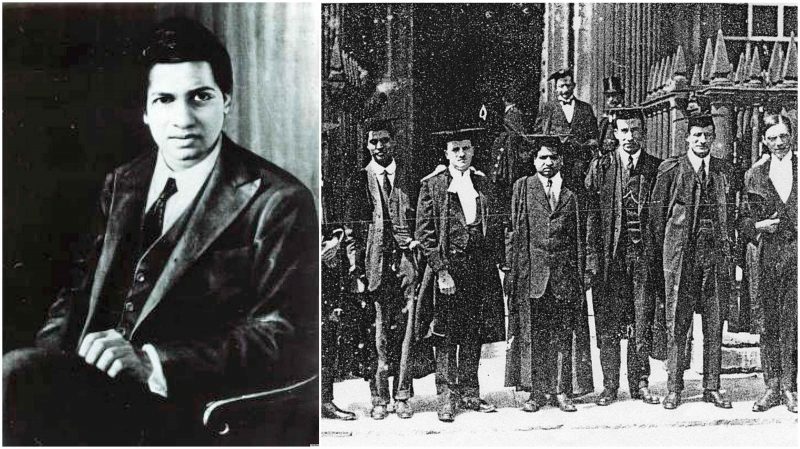Srinivasa Ramanujan was an Indian mathematician who contributed to the theory of numbers. His mathematical research includes pioneering discoveries of the properties of the partition function.
He was born in 1887 in Erode, India, to an impoverished family. Even though he didn’t like school much, he was indeed one of the best students in the whole district. And he certainly liked math.
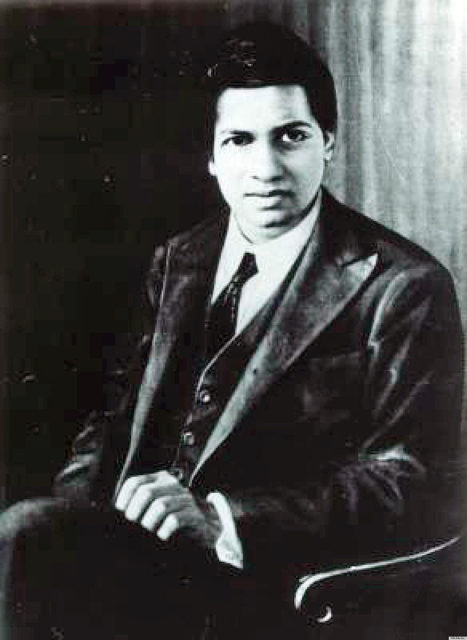
By the age of 11, there was already nobody who could teach him math, so he began learning the subject on his own. By the age of 13, he had already mastered S. L. Loney book on advanced trigonometry, and at 14 he was providing sophisticated, mathematical theories on his own. At 15 he discovered a copy of George Shoobridge Carr’s Synopsis of Elementary Results in Pure and Applied Mathematics. He went beyond Carr’s theorems, improving them with his own ideas.
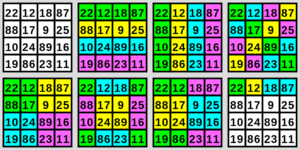
Ramanujan had problems with his health since his early 20s, which were getting worse mostly due to his inability to afford treatment. In 1911, he asked for a job at the revenue department where V. Ramaswamy Aiyer worked. Aiyer later recalled that once he saw Ramanujan’s work he couldn’t underestimate his brilliance simply by giving him any job. That same year Ramanujan’s work was published for the first time in the Journal of the Indian Mathematical Society. And he got the admiration and support of many mathematicians in India.
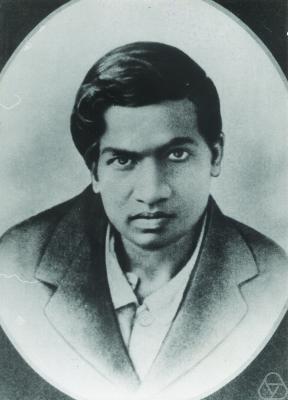
Circumstances led to his work being presented in Britain, where his brilliance was easily recognized. After correspondence with the Cambridge mathematics professor Godfrey H. Hardy, in 1914, Ramanujan was awarded a special scholarship from the University of Madras and a grant from Trinity College Cambridge so that he could do his research in England.
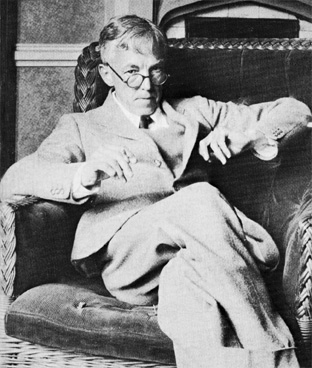
Even though he never had a formal education in mathematics, his mastery of continued fractions was unequaled by any living mathematician. Supported by Hardy, his supervisor in Cambridge, Ramanujan made exceptional contributions to (besides continued fractions) mathematical analysis, number theory, and infinite series. Almost all his theories have been proven correct.
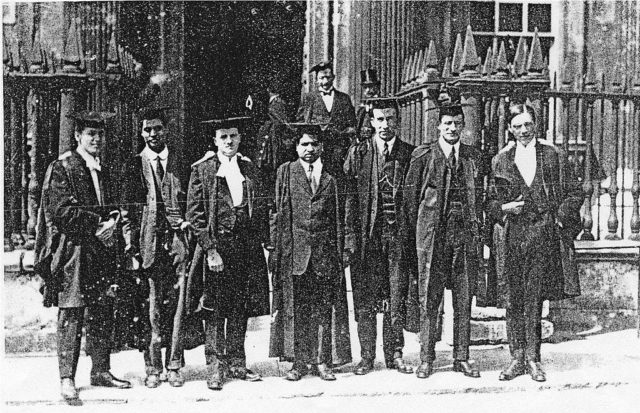
He came up with his own, unconventional results which today are known as the Landau–Ramanujan constant, Mock theta functions, Ramanujan conjecture, Ramanujan prime, Ramanujan–Soldner constant, Ramanujan theta function, Ramanujan’s sum, Rogers–Ramanujan identities, and Ramanujan’s master theorem. There is the peer-reviewed scientific journal, The Ramanujan Journal, which was created to publish work in all areas of mathematics influenced by Ramanujan.
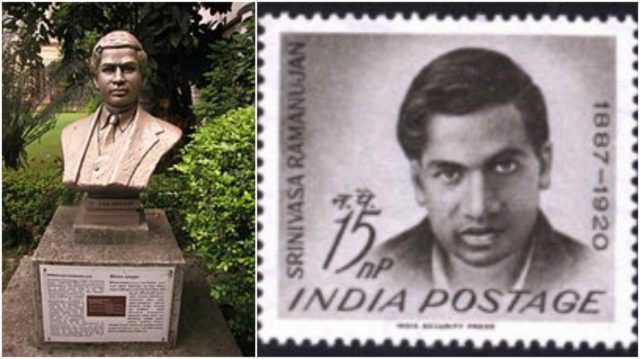
Ramanujan was a very religious man who credited his substantial mathematical capacities to divinity, saying: “An equation for me has no meaning unless it expresses a thought of God.” In 1917 he contracted tuberculosis but while in England his condition was regularly followed and his health improved, so in 1919 he returned to India. Unfortunately, he died in 1920 at the young age of 32.
